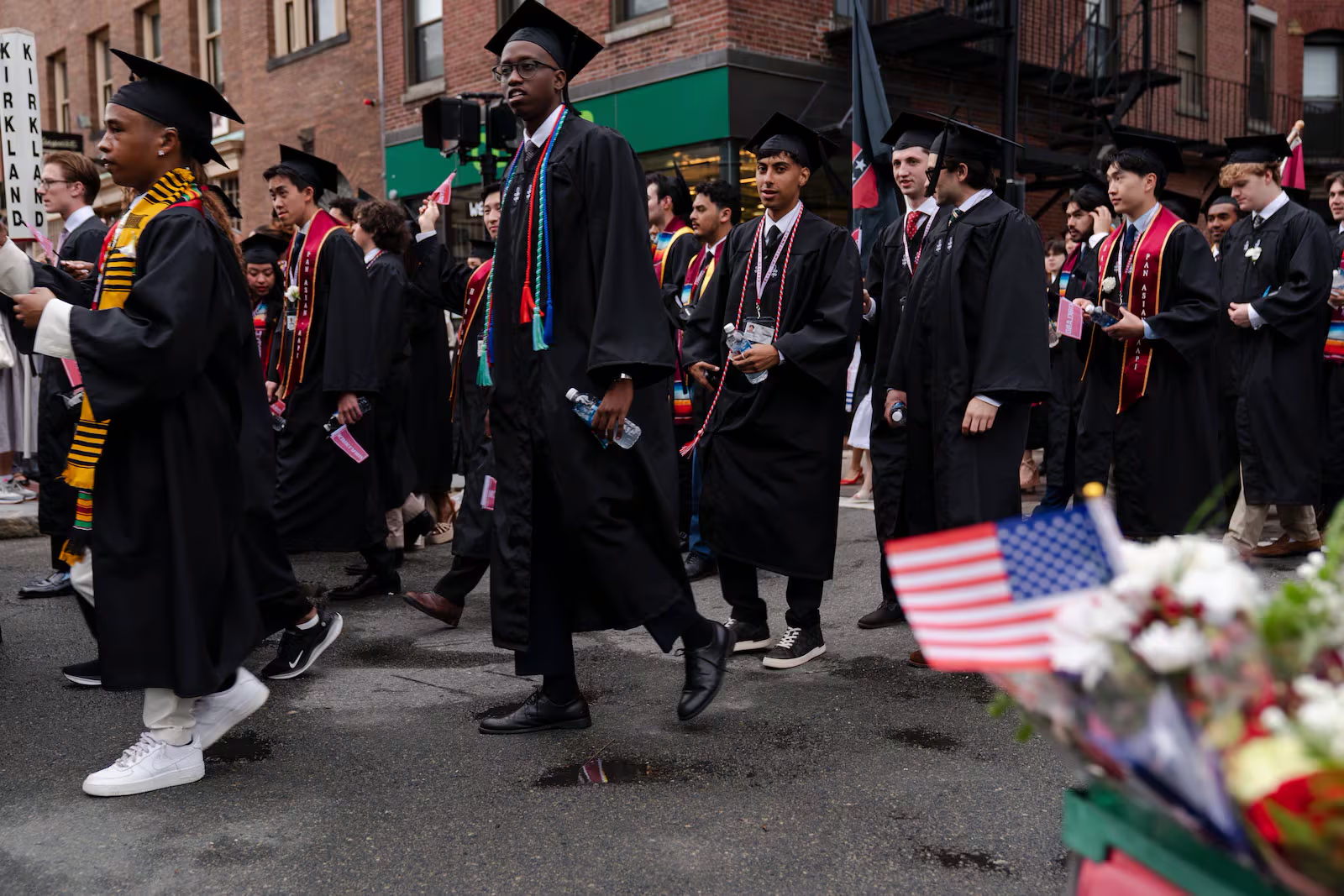American universities have been grappling for years with troubling trends—declining enrollment, widening budget deficits, and shrinking support from state governments. To stay afloat, especially outside the elite tier, many institutions have grown increasingly reliant on international students: they pay more, require fewer scholarships, and help offset domestic shortfalls.
But a new wave of restrictions introduced by the Trump administration threatens to cut off even that lifeline. A ban on admitting students to Harvard and a freeze on visa interviews are not only reputational blows—they also risk triggering a fresh wave of financial turmoil across higher education. And the impact won’t be limited to Ivy League campuses.
If college administrators had hoped that Donald Trump might eventually ease his attacks on higher education, his recent targeting of international students has dashed those hopes. In May, his administration barred Harvard from admitting foreign students—apparently as retribution for perceived slights to the White House. A court has since issued a temporary stay. Even broader is the decision to freeze new visa interviews for all international applicants, regardless of their destination. Beyond damaging America's reputation and research potential, the move has sent university financial officers across the country into a panic.
The financial strains, however, long predate Mr. Trump's return to office. Americans have been cooling on higher education: the share of high-school graduates enrolling in college immediately fell from around 70% in 2016 to 62% in 2022. In December, Moody’s estimated that one-third of private universities and one-fifth of public ones are now running deficits.
Looming demographic shifts promise further trouble. One projection suggests that by 2030 the number of American high-school graduates will decline by about 6%, and by 2041—by 13%. The drop will not be evenly distributed: in parts of the Northeast and Midwest—regions historically saturated with universities—the decline could reach a third.
International students will not save the system, but they do help cushion the blow. Around 1 million foreign students are currently enrolled in the US—twice as many as in 2000. At the undergraduate level, they typically pay far more than domestic students: "at some public universities, nearly three times as much," notes William Brustein, who led international strategy at several institutions. More than half of them are graduate students, and those programmes generate disproportionate revenue.
Although the United States hosts more international students than any other country, they make up just under 6% of its higher education population—compared to over 25% in the UK, Australia, and Canada. But further growth now seems unlikely. The risks are twofold: a sharp drop in foreign enrolment as early as this autumn, and a longer-term decline if future applicants opt for more welcoming destinations.
Who will be hit hardest? At first glance, the elite institutions: international students account for about 28% of Harvard’s enrolment and an impressive 40% at Columbia. But such universities are better equipped to absorb financial shocks. Tuition, room, and board—paid by both domestic and international students—typically contribute just 20% of their total revenue, whereas for lower-tier institutions, the figure exceeds 80%. Demand for top schools barely flinches in downturns, and American students are often willing to pay more if needed.
The pain is likely to be sharpest at second- and third-tier institutions. While they have fewer foreign students than the elite, their contributions are often essential to balancing the books. For years, public universities have ramped up international enrolment to offset shrinking state appropriations. The most prestigious could still attract well-off Americans from other regions; the rest had to hire agents and marketers to chase students from abroad.
A sharp decline in international applicants could hurt even those campuses that have never hosted foreign students: if large, respected universities pivot toward domestic enrolment, less prestigious institutions will find it even harder to fill classrooms—and pay their bills. The UK offers a cautionary tale: a tightening of visa rules triggered a collapse in foreign applications, and last year, around 40% of British universities were forecasting operating deficits.
The problem isn’t the disappearance of underperforming or unwanted colleges. The real concern arises when entire regions turn into "cold spots" where affordable education becomes scarce, or when the erosion of competition reinforces complacency at universities coasting on reputation rather than teaching quality. Donald Trump’s war on the "pampered" Ivy League may have far broader consequences than he intended.
